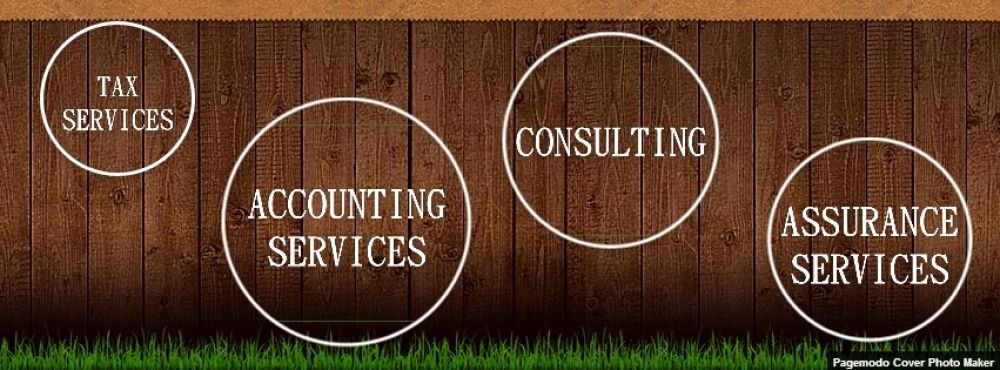If you are an eligible small employer or a tax-exempt eligible small employer, you may qualify for the small employer health insurance premium credit. This credit is one of the first health care reform provision to take effect as a result of the Health Care Act that was enacted in 2010. The credit reduces a small employer’s tax liability and is claimed on the employer’s income tax return; for eligible tax-exempt employers, the credit reduces the organization’s payroll taxes.
- Eligible small employers – Eligible small employers may receive the credit if they had fewer than 25 full-time equivalent employees (FTEs) for the taxable year; paid average annual wages to employees of less than $50,000 per FTE; and offered employer-paid health insurance premiums for each employee enrolled in health insurance coverage under a qualifying arrangement. The employer must pay at least 50 percent of the premium for an employee-only plan.
- Figuring the number of FTEs – The number of an employer’s FTEs is determined by dividing the total hours the employer pays wages during the year (but not more than 2,080 hours per employee) by 2,080. The result, if not a whole number, is then rounded down to the next lowest whole number if any.
- Credit Amount – For taxable years beginning in 2010 and through 2013, the maximum credit for small employers is 35 percent of premiums paid and 25 percent for tax-exempt small employers. The credit also offsets the alternative minimum tax.
- Credit Phase-out – The full credit is only available to eligible small employers with 10 or fewer full-time equivalent employees (FTEs) with an average annual full-time equivalent wage (AAEW) of $25,000 or less. If either or both of these thresholds are exceeded, then the credit is reduced. In addition, the employer’s deduction for health insurance premiums must be reduced by the credit claimed.
- Excluded Individuals – The following individuals are excluded from the credit: business owners, including sole proprietors; LLC members; partners in a partnership; 2 percent or greater shareholders in an S corporation; 5 percent or greater owners in a C corporation; family members of the individuals listed above; and seasonal employees.
The credit can be taken every year through 2013. Beginning in 2014 the credit amount increases to 50 percent for eligible small employers and 35% for tax-exempt small employers. However, the post-2013 credit is only available to an eligible small employer that purchases health insurance coverage for its employees through a state exchange and is only available for a maximum coverage period of two consecutive tax years beginning with the first year in which the employer or any predecessor first offers one or more qualified plans to its employees through an exchange.
If you have any questions regarding this credit, please give our office a call.














